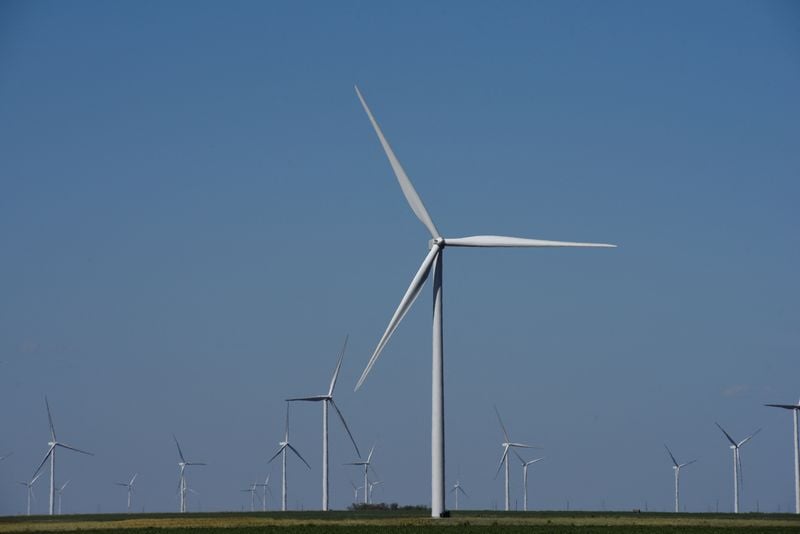TOMS RIVER, N.J. — A recent federal symposium has highlighted significant scientific gaps in the ability to assess the environmental impacts of offshore wind development, raising questions about how New Jersey’s rapidly advancing offshore wind projects could affect local marine ecosystems and coastal communities.
At the “State of the Science” symposium on offshore wind last year, officials from the National Marine Fisheries Service (NOAA Fisheries) presented what they described as serious “constraints” in efforts to build ecosystem models for offshore wind development (OWD).
These findings, disclosed in court filings this week, underscore concerns surrounding current and future offshore wind construction along the New Jersey coast.
According to the agency’s Offshore Wind Energy Branch Chief, federal scientists face a wide range of data limitations, including a lack of regionally specific biological data, insufficient empirical evidence to validate models, and no established systems to monitor socioeconomic impacts. Most existing studies, NOAA officials noted, come from European waters and are not directly comparable to ecosystems off the U.S. Northeast shelf.
Among the specific constraints identified:
- Limited data to confirm or calibrate environmental models
- High uncertainty about both individual and cumulative impacts
- Gaps in knowledge of how offshore wind interacts with other marine stressors
- Inconsistent monitoring practices and lack of access to private project data
Impact on New Jersey’s offshore wind development
New Jersey is among the most active states in pursuing offshore wind energy, with multiple projects in various stages of development along its coastline. State officials have touted the industry as a key part of the clean energy transition, while environmental advocates and fishing industry representatives have called for greater scrutiny of its potential effects.
The limitations outlined by NOAA Fisheries raise challenges for both regulators and developers tasked with ensuring that wind projects minimize harm to marine ecosystems and coastal communities.
“There is a design challenge,” NOAA said. “grounded in understanding what really is happening in the ocean.”
The findings could complicate ongoing permitting processes and environmental reviews required under federal and state law. Without accurate models, assessments of species impacts, habitat disruption, and cumulative environmental effects remain uncertain.
